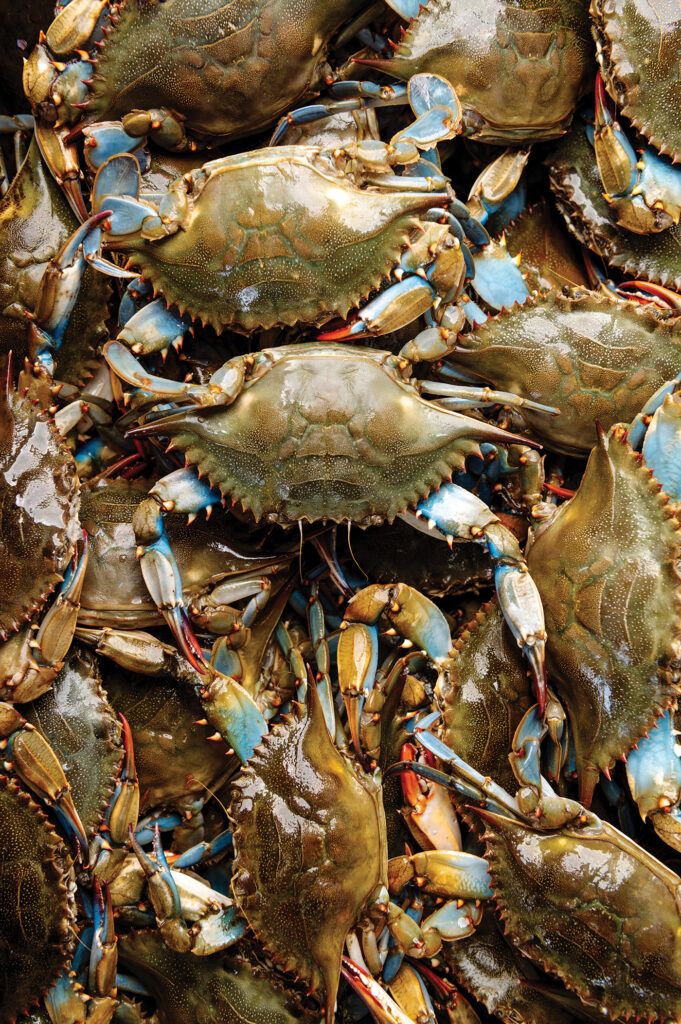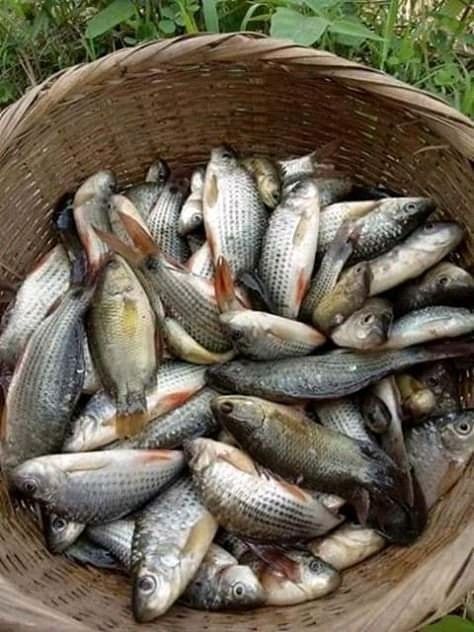Breeding of Fish: An In-Depth Exploration
Breeding of fish, also known as fish culture or aquaculture, is a sophisticated and evolving field that encompasses the controlled propagation of fish species in various environments, ranging from large commercial fish farms to small home aquariums. This practice is integral to meeting the growing global demand for fish as a source of food, recreation, and ornamental purposes. Fish breeding involves a multitude of techniques and considerations, including species selection, genetic management, habitat creation, and health maintenance.
Contents
Introduction to Fish Breeding
Fish breeding has been practiced for centuries, with early methods largely based on empirical knowledge and local customs. Today, it has transformed into a science that blends traditional practices with modern technology. The primary objectives of fish breeding include increasing fish production for food, enhancing fish quality for ornamental purposes, conserving endangered species, and supporting recreational fishing industries.
Types of Fish Breeding
Fish breeding can be categorized based on the purpose and the environment in which it takes place:
1. Food Fish Breeding: This involves the cultivation of fish species like salmon, tilapia, catfish, and carp that are raised for human consumption. The focus here is on maximizing yield, ensuring sustainable practices, and maintaining fish health.
2. Ornamental Fish Breeding: This category includes breeding fish species like goldfish, guppies, and bettas, which are primarily kept for aesthetic purposes in home aquariums and ponds. The emphasis is on color, patterns, and fin shapes.
3. Conservation Breeding: This involves breeding endangered or threatened species in captivity to bolster wild populations and prevent extinction. Examples include breeding programs for sturgeon and various species of trout.
4. Sport Fish Breeding: This focuses on breeding fish species like bass, trout, and salmon, which are stocked in lakes and rivers for recreational fishing.
Key Steps in Fish Breeding
The process of fish breeding involves several critical steps, from the initial selection of broodstock to the final rearing of juvenile fish. These steps are designed to ensure the health, viability, and genetic diversity of the fish population.
1. Broodstock Selection
Broodstock are mature fish selected for breeding purposes. The selection criteria for broodstock are crucial and depend on the breeding goals. For food fish, criteria might include size, growth rate, and disease resistance. For ornamental fish, the focus could be on color, fin shape, and other aesthetic traits. Ensuring genetic diversity within the broodstock is essential to prevent inbreeding and maintain a healthy population.
2. Conditioning and Spawning
Once selected, broodstock are conditioned to ensure they are in optimal health and ready to spawn. This involves providing a balanced diet, maintaining optimal water conditions, and ensuring minimal stress. Spawning can be induced naturally by mimicking environmental conditions such as temperature and light changes, or artificially through hormonal injections.
3. Fertilization and Hatching
Depending on the species, fertilization can be either internal or external. In many fish species, females release eggs and males release sperm into the water, where fertilization occurs. In some species, such as livebearers, fertilization occurs internally. Once fertilized, eggs are carefully monitored and protected until they hatch. The hatching period varies among species, influenced by water temperature and oxygen levels.
4. Larval Rearing
Newly hatched larvae are typically fragile and require specialized care. Larval rearing involves providing a suitable environment with appropriate temperature, light, and water quality. Feeding the larvae is critical at this stage; they often start with a diet of live foods such as plankton or specially formulated feeds that match their nutritional requirements.
5. Juvenile Growth
As the larvae grow into juveniles, their diet and habitat requirements change. They are gradually introduced to larger tanks or ponds, where they have more space to grow. Feeding becomes more diverse, incorporating pellets, flakes, and other commercial feeds. Regular monitoring of health and growth rates is essential to ensure the juveniles develop properly.
6. Harvesting and Stocking
Once the fish reach a suitable size, they are either harvested for market (in the case of food fish) or stocked into aquariums, ponds, or natural water bodies (for ornamental and sport fish). In conservation programs, juveniles may be released into the wild to support declining populations.
Techniques in Fish Breeding
Several techniques are employed in fish breeding to enhance efficiency and success rates. These techniques vary depending on the species and the objectives of the breeding program.
1. Selective Breeding
Selective breeding involves choosing parent fish with desirable traits to produce offspring that exhibit those traits. Over successive generations, this can lead to significant improvements in growth rates, disease resistance, and other desired characteristics. This technique is widely used in both food and ornamental fish breeding.
2. Genetic Engineering
Advances in biotechnology have enabled the application of genetic engineering in fish breeding. Techniques such as transgenesis and gene editing (using tools like CRISPR) allow for the introduction or modification of specific genes to enhance desired traits. For example, genetically modified salmon have been developed to grow faster than their wild counterparts.
3. Hybridization
Hybridization involves crossing different species or strains to produce hybrids with desirable traits from both parent species. This can result in fish that grow faster, are more disease-resistant, or exhibit unique color patterns. However, hybridization must be carefully managed to avoid negative impacts on genetic diversity.
4. Hormonal Induction
Hormonal induction is used to stimulate spawning in fish that may not spawn naturally in captivity. This involves administering hormones to the broodstock, which trigger the release of eggs and sperm. This technique is particularly useful for species that have specific environmental triggers for spawning that are difficult to replicate in captivity.
Challenges in Fish Breeding
Fish breeding, despite its advancements, faces numerous challenges that need to be addressed to ensure sustainable and successful practices.
1. Disease Management
Disease outbreaks can devastate fish populations, leading to significant economic losses. Effective disease management requires rigorous monitoring, biosecurity measures, and the development of disease-resistant strains through selective breeding and genetic engineering.
2. Genetic Diversity
Maintaining genetic diversity is crucial to prevent inbreeding and ensure the long-term health of fish populations. Breeding programs must carefully manage broodstock and avoid excessive reliance on a limited gene pool.
3. Environmental Impact
Fish farming, particularly in large-scale operations, can have significant environmental impacts, including water pollution, habitat destruction, and the spread of diseases to wild populations. Sustainable practices, such as recirculating aquaculture systems (RAS) and integrated multi-trophic aquaculture (IMTA), are essential to mitigate these impacts.
4. Ethical Considerations
Ethical considerations in fish breeding include ensuring the welfare of the fish and minimizing suffering. This involves providing appropriate living conditions, humane handling practices, and avoiding unnecessary genetic modifications that could adversely affect fish health.
Future of Fish Breeding
The future of fish breeding holds exciting possibilities, driven by advances in science and technology. Key areas of development include:
1. Biotechnology and Genomics
The application of biotechnology and genomics will continue to revolutionize fish breeding. Genomic selection, where fish are selected based on their genetic profiles, can accelerate breeding programs and improve desired traits more efficiently.
2. Sustainable Practices
Emphasizing sustainability in fish breeding is crucial to address environmental and ethical concerns. Innovations in aquaculture technology, such as closed-loop systems and plant-based feeds, will reduce the environmental footprint of fish farming.
3. Conservation Efforts
Conservation breeding programs will play an increasingly important role in preserving biodiversity. Advanced breeding techniques will be used to support the recovery of endangered species and maintain healthy wild populations.
4. Personalized Aquaculture
The concept of personalized aquaculture, where breeding programs are tailored to specific market demands and environmental conditions, is gaining traction. This approach can enhance the efficiency and profitability of fish farming operations.
Fish breeding is a dynamic and multifaceted field that combines traditional knowledge with modern science to meet the growing global demand for fish. Whether for food, ornamental purposes, conservation, or recreation, fish breeding involves a complex interplay of biological, environmental, and technological factors. As the world faces challenges such as food security, environmental sustainability, and biodiversity conservation, the role of fish breeding will become increasingly important. Through continuous innovation and responsible practices, the future of fish breeding promises to contribute significantly to a sustainable and prosperous future.






